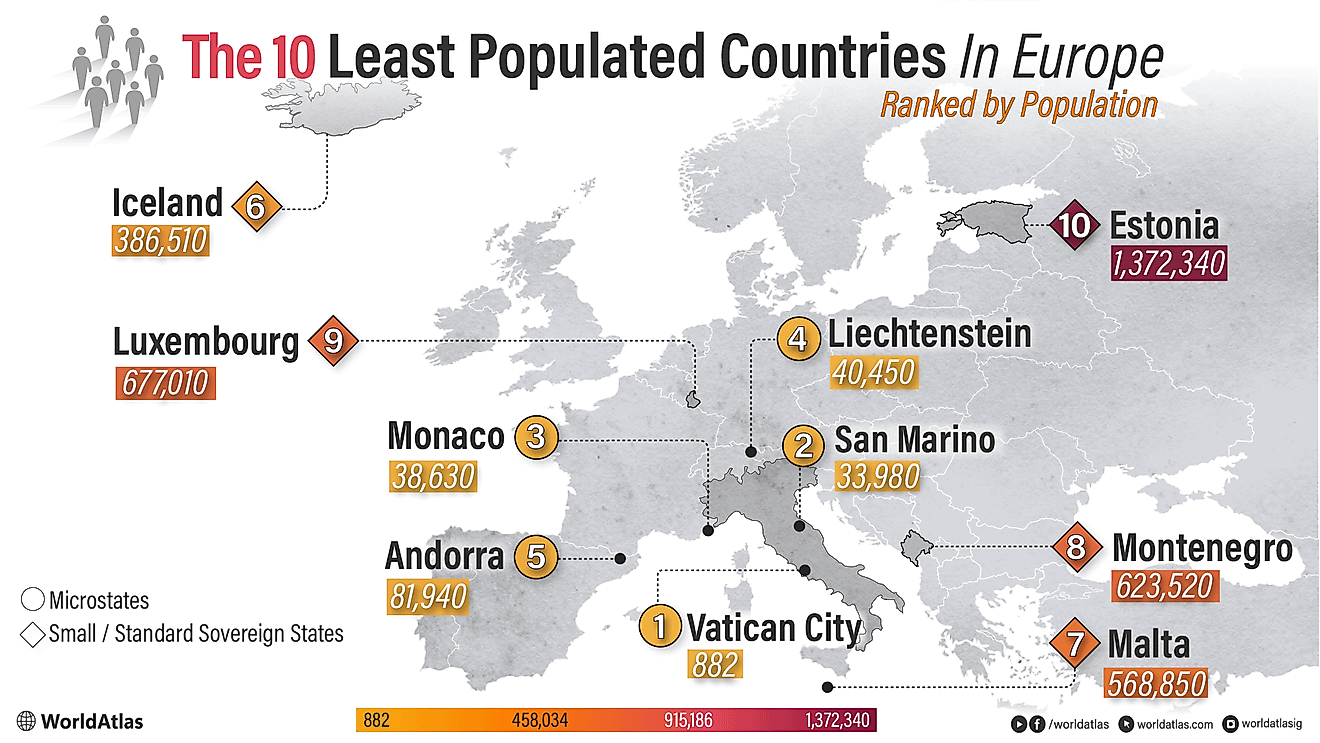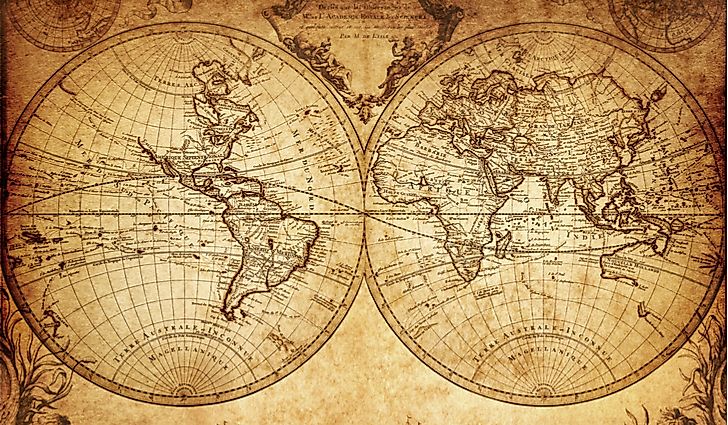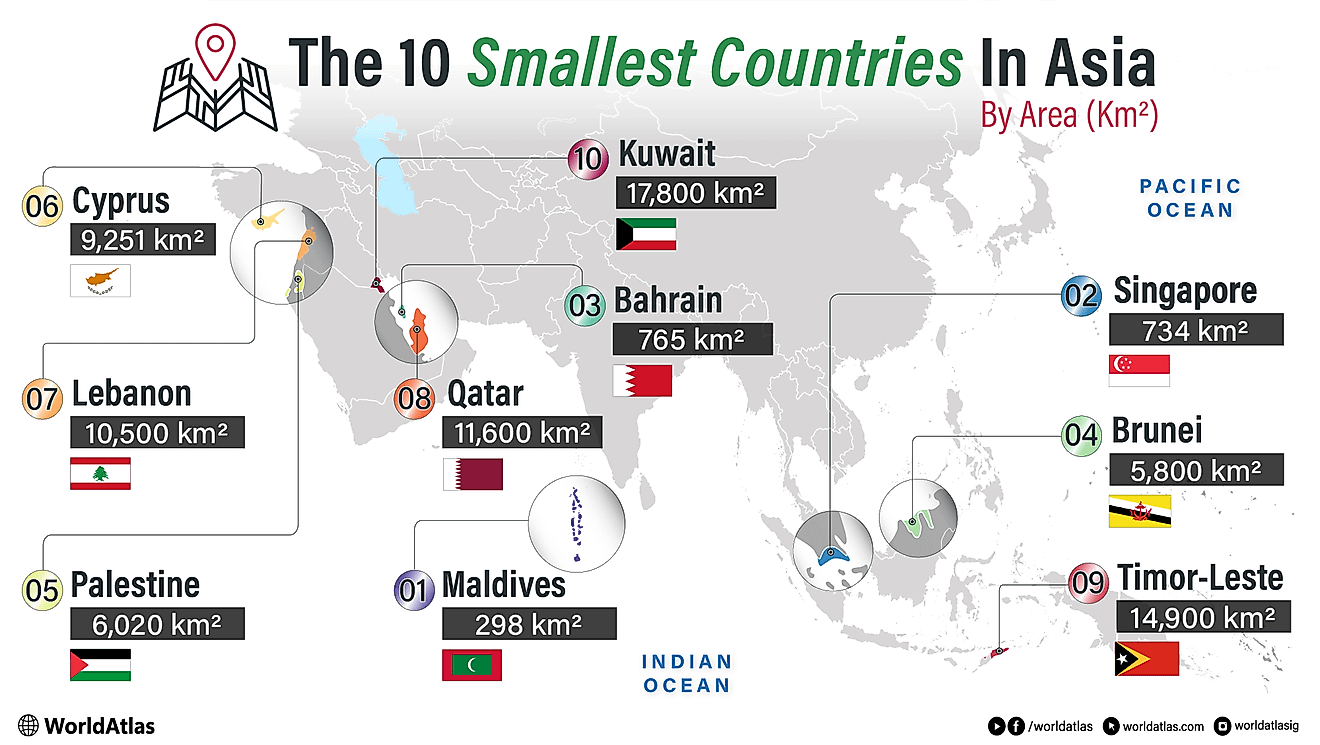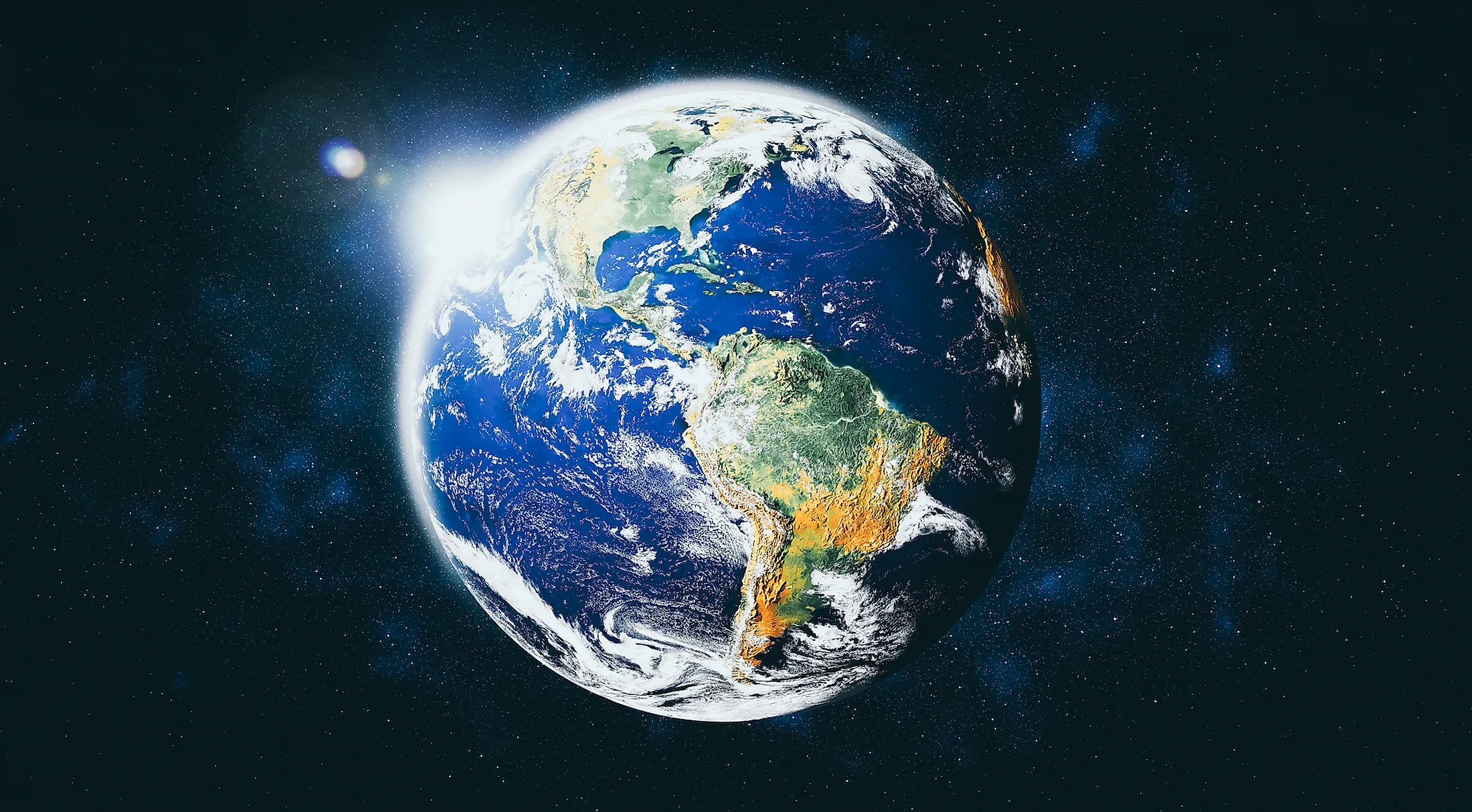
How Old Is The Earth?
Gazing at a globe or world map reveals the stunning features of Earth: towering mountains, deep oceans, vast continents, and expansive glaciers! These features contribute to the planet's age, estimated by scientists to be around 4.5 billion years. Determining this age, however, has involved complex methods ranging from observation to intricate mathematics and an understanding of Earth's elements.
In the 1800s, efforts to calculate Earth's age saw some errors. Notably, in 1862, Lord Kelvin, an Irish physicist and mathematician, incorrectly estimated Earth to be between 20 million and 400 million years old based on the cooling time from a molten state. Despite his significant underestimation, his method of using observational data and calculations marked a valid scientific approach.
Further scientific advancements led to the development of radiometric dating, a technique determining the absolute age of rocks and minerals through the decay of radioactive isotopes. Radiometric dating measures the decay from unstable parent isotopes to stable daughter isotopes over known half-lives, the time it takes for half of the isotope to decay, thus providing an accurate age of the sample.
However, Earth's rock cycle, which continuously transforms rocks through igneous, metamorphic, and sedimentary stages and recycles them into the mantle, complicates the dating of the planet's oldest rocks. The oldest discovered terrestrial rocks are about 3.8 billion years old, with some minerals dated at 4.2 billion years.
To overcome these challenges, scientists turned to extraterrestrial samples from the moon and meteorites unaffected by the rock cycle. Using radiometric dating on these samples supports the estimated 4.5 billion-year age of Earth, integrating terrestrial and extraterrestrial data for a comprehensive age determination.
Early Calculations
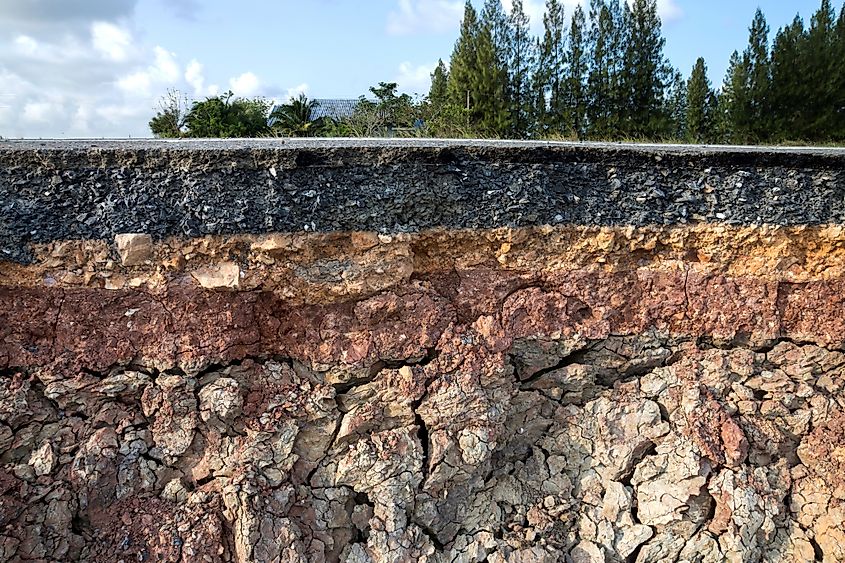
It is believed that the accretion of Earth began after the formation of the calcium-aluminum-rich inclusions and the meteorites. It is also estimated that these calcium-aluminum-rich inclusions are approximately 4.567 billion years old. The oldest terrestrial materials that the scientists have analyzed are the tiny zircon crystals collected from the Jack Hills in Western Australia, which are about 4.404 billion years old.
Nevertheless, the British mathematical physicist William Thomson, 1st Baron Kelvin, published his calculations in 1862, which placed the Earth’s age between 20 to 400 million years. Thomson assumed that the Earth formed as a molten object and determined the time the molten object would take to cool to the current temperature. Therefore, Thomson’s calculations did not consider the amount of heat produced by radioactive decay and mantle convection. Besides this, Thomson’s estimates of the Sun’s age were also very constraining since the calculations were based on the sun’s thermal output. However, many scientists, including Charles Lyell and Thomas Henry Huxley, found it difficult to accept such a short age of the Earth as estimated by Thomson. In the later years, the German physicist Hermann von Helmholtz and the Canadian-American astronomer Simon Newcomb published their own calculations that placed the age of the Earth about 22 and 18 million years, respectively.
Modern Concepts
Before the discovery of radioactive dating in the early 20th century, many scientists used relative dating to determine the age of the materials. The study of strata or the different rock layers gave many researchers an idea about the series of changes that the Earth has undergone since its existence. Besides this, the various rock layers also contained fossilized remains of many unknown creatures, which helped the scientists study the organism's progression from one rock layer to another. In the 17th century, the observations made by the Danish scientist Nicolas Steno led to the formulation of the stratigraphic concept, and Steno became the first person to find a connection between the fossil remains and the rock strata. However, even though this Stratigraphic technique did not tell the exact age of the different rock layers, it primarily suggested the Earth was billions of years old and not millions of years as were predicted earlier.
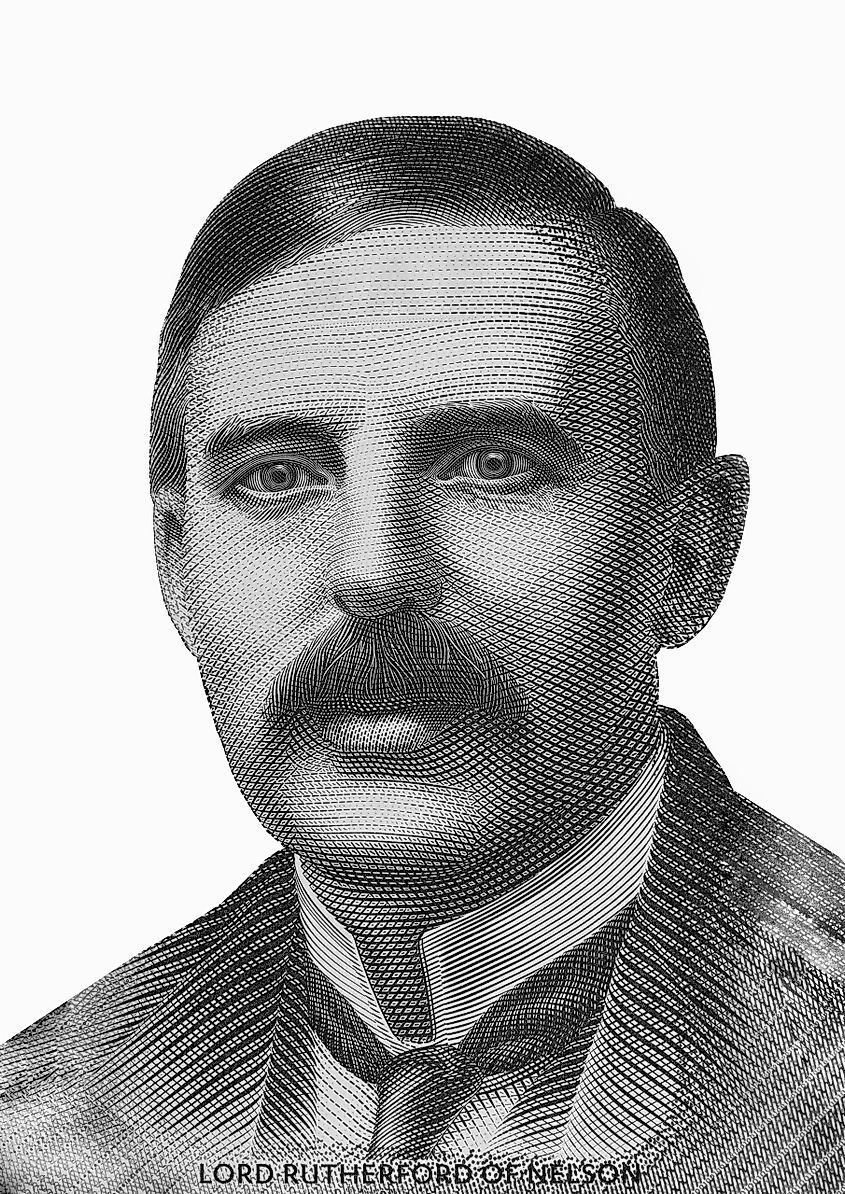
The discovery of radioactive dating introduced a critical factor that helped calculate the Earth’s age. The pioneers of radioactivity were the American chemist Bertram B. Boltwood and the British physicist Ernest Rutherford, while Arthur Holmes discovered radiometric dating. In 1927, Arthur Holmes published “The Age of the Earth, an Introduction to Geological Ideas,” where he placed the age of the Earth in the range of 1.6 to 3.0 billion years. Arthur Holmes was also a part of the committee set up by the National Research Council of the US Academy of Sciences in 1931 to find out the age of the Earth. The committee's final report concluded that radioactive dating was the sole reliable method to date the geologic timescales. In 1956, after performing uranium-lead isotope dating on many meteorites, the American geochemist Clair Cameron Patterson determined the Earth’s age to be 4.55 ± 0.07 billion years. The ancient Archean lead ores of Galena were also used to determine the planet’s age as they represented the earliest formed lead-only minerals on Earth. These rocks have determined the Earth’s age to be 4.54 billion years with an error margin of 1%.
